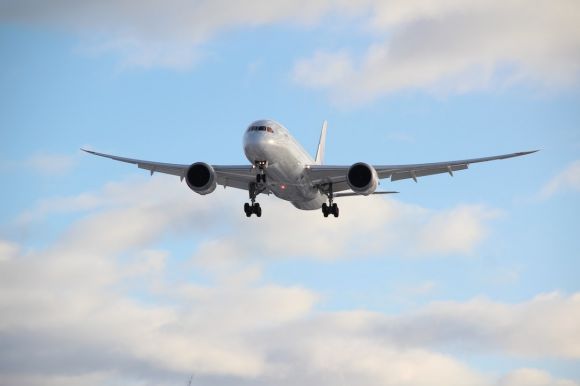The airline industry is facing a significant challenge to its profitability as fuel costs continue to rise. With fuel being one of the largest expenses for airlines, any increase in its price can have a major impact on their bottom line. In this article, we will explore the reasons behind the rising fuel costs and the implications for airlines.
1. Global Oil Prices Surge
One of the primary reasons for the increase in fuel costs is the surge in global oil prices. Oil is the main component of aviation fuel, and any fluctuations in its price directly affect the cost of fuel for airlines. Recent geopolitical tensions, supply disruptions, and increased global demand have all contributed to the rise in oil prices. As a result, airlines are left with no choice but to bear the burden of higher fuel expenses.
2. Hedging Strategies Fall Short
Airlines often use hedging strategies to mitigate the impact of fuel price volatility. These strategies involve entering into contracts to lock in fuel prices at a certain level, thus protecting against sudden spikes. However, these hedging strategies have their limitations. When oil prices rise sharply and consistently, as they have in recent times, the effectiveness of hedging diminishes, leaving airlines exposed to higher fuel costs.
3. Passengers Reluctant to Pay More
While airlines can try to offset higher fuel costs by increasing ticket prices, they face resistance from passengers who are reluctant to pay more for their flights. In a highly competitive industry, raising ticket prices can lead to a decline in demand, as passengers seek out cheaper alternatives. This leaves airlines in a difficult position, as they struggle to maintain profitability without alienating their customers.
4. Cost-Cutting Measures
To cope with rising fuel costs, airlines have resorted to implementing cost-cutting measures. These measures can include reducing staff, cutting back on in-flight amenities, and even reducing the number of flights offered. While these measures may help airlines reduce their expenses in the short term, they can also have a negative impact on the overall passenger experience. Airlines must strike a delicate balance between cost-cutting and maintaining customer satisfaction.
5. Embracing Fuel-Efficient Technologies
In the face of rising fuel costs, airlines are increasingly turning to fuel-efficient technologies to improve their bottom line. Newer aircraft models offer improved fuel efficiency, allowing airlines to reduce their fuel consumption and costs. Additionally, airlines are exploring alternative fuels, such as biofuels, which have the potential to be more environmentally friendly and cost-effective. By embracing these technologies, airlines can not only save on fuel costs but also demonstrate their commitment to sustainability.
6. The Need for Government Support
Given the magnitude of the fuel cost challenge, airlines are calling for government support to help alleviate the burden. Governments can play a role by implementing policies that promote stability in oil markets, investing in infrastructure to support alternative fuels, and providing financial assistance to struggling airlines. By working together, the industry and governments can find solutions to ensure the long-term profitability and sustainability of airlines.
In conclusion, the rising fuel costs pose a significant challenge to the profitability of airlines. With global oil prices surging and hedging strategies falling short, airlines are left with no choice but to cope with higher fuel expenses. However, they must navigate the delicate balance of increasing ticket prices without alienating passengers and implement cost-cutting measures while maintaining customer satisfaction. Embracing fuel-efficient technologies and seeking government support are crucial steps in mitigating the impact of rising fuel costs.





